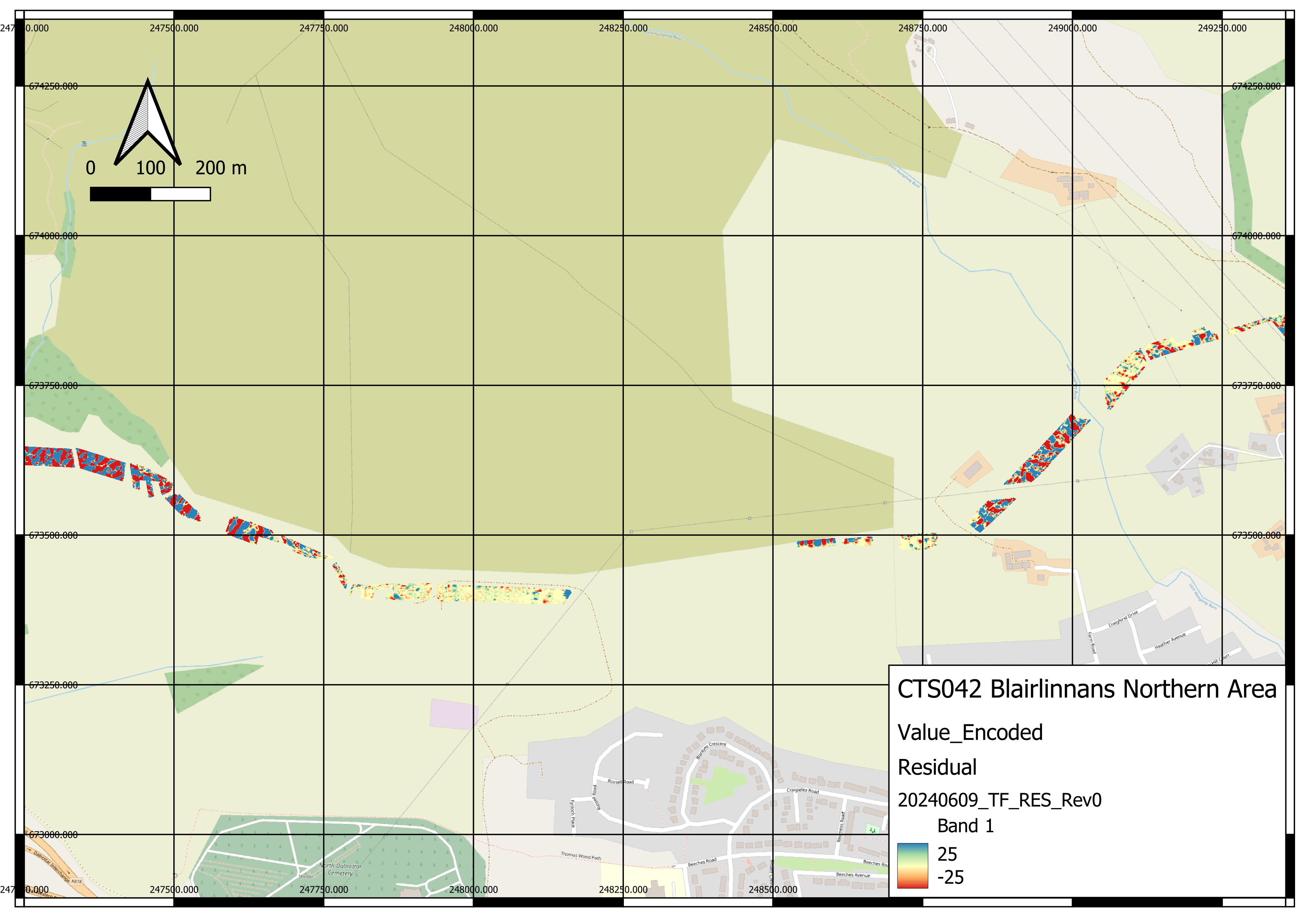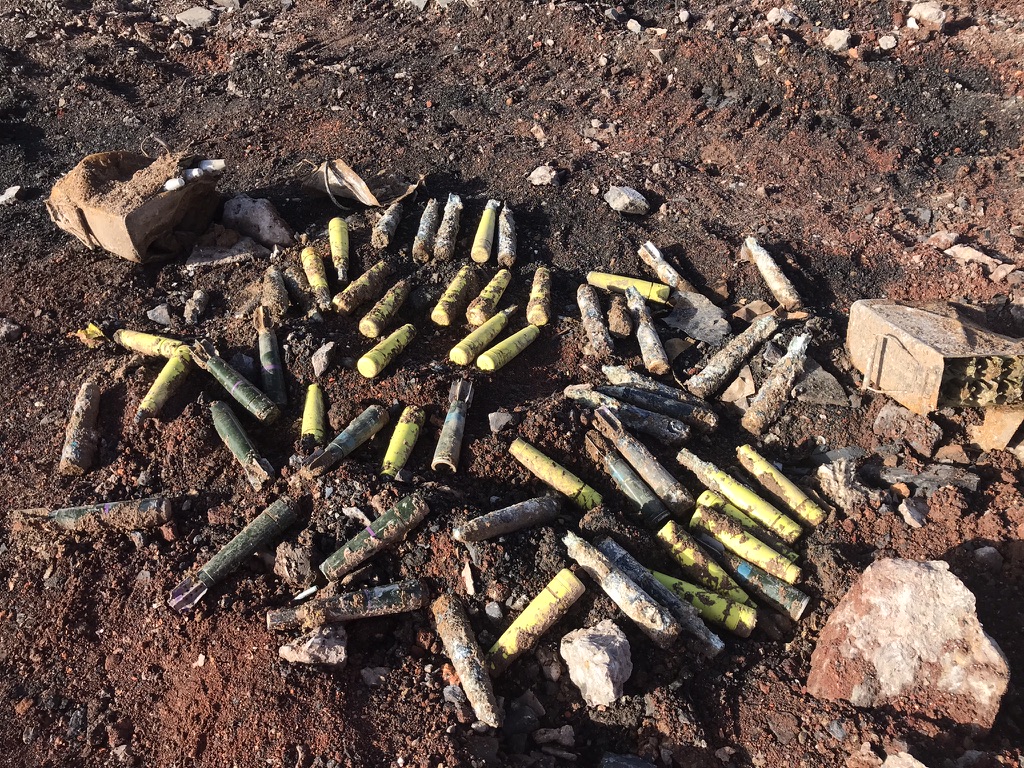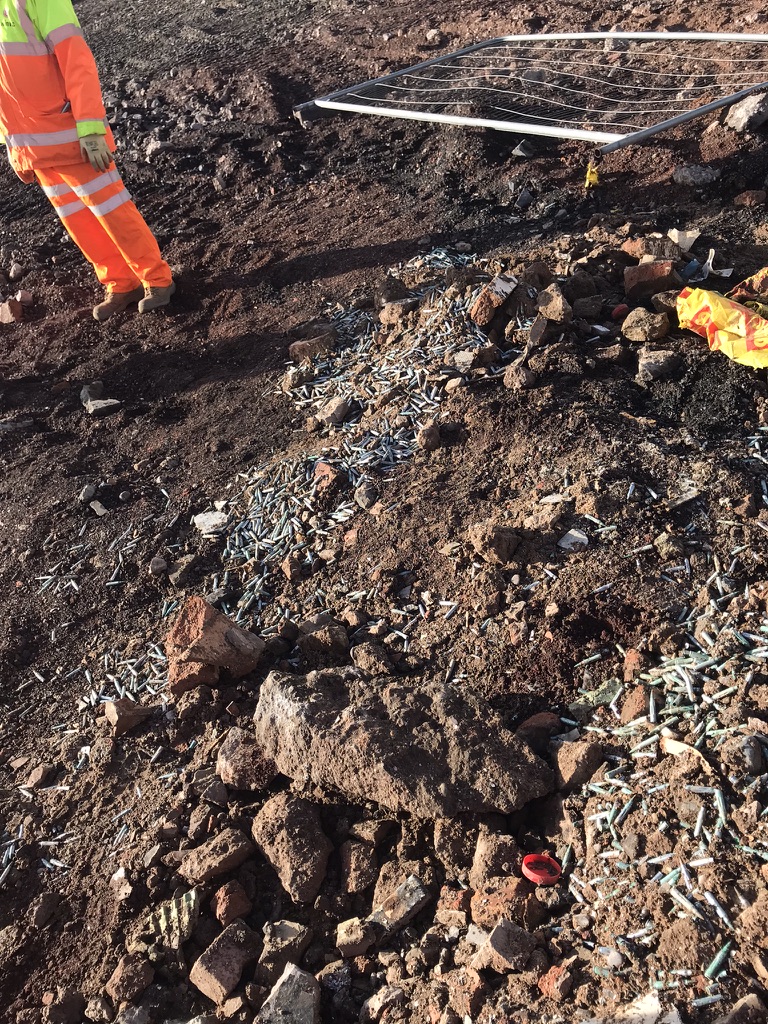Reporting and Documentation
 The risk posed by UXO comes from numerous sources including World War I and World War II, the legacy of military activity, well as cashed weaponry ammunitions that may still be buried or submerged on or offshore.
The risk posed by UXO comes from numerous sources including World War I and World War II, the legacy of military activity, well as cashed weaponry ammunitions that may still be buried or submerged on or offshore.
Construction and infrastructure along with marine projects, coastal developments, and anywhere that ground penetration is required can be at risk from UXO. This is often the case in London and other major cities, and at ports, military airfields, and former military sites.
Understanding the risks of undiscovered UXO and how it has the potential to influence a project is critical to avoiding delays and keeping your site and personnel safe. Fellows was one of the first companies to offer UXO risk management and we have spent over 30 years honing our reporting methods, meaning clients receive the most concise, highly detailed, and comprehensive information available.
Managing UXO risk relies on ensuring compliance with safety standards, and the implementation of proper documentation is essential to this process. This documentation serves as a reliable guide for all stakeholders, assuring on-site risk is kept to a minimum.
 Risk assessments
Risk assessments
Fellows undertake both preliminary and detailed UXO risk assessment reports (PRA/DRA) which include descriptions of historical activity mapping, post war events, and local military activity, along with recommendations for mitigation and Health and Safety procedures.
Surveying
All ground or marine investigation includes a transparent explosive ordnance report, which gives objectives within the scope of works along with methodology and risk assessment methods. Daily reporting and summaries are also conducted.
Data analysis
Initial processing of the data we collect is completed in the field, helping to confirm correct capture. Several steps will then be taken to process this raw data. First, it gets loaded into the data tool and exported to a raw ASCII format. Once exported, data will then be imported into Oasis Montaj and quality checked. Finally, a series of filters will be applied in order to pick and identify potential UXO targets.
Potential target
Once the data is processed, a Blakley test will be run to pick all targets that are above the required readings of 15nT/m. Any duplicates of the same target, or items of significance will also picked manually. A complete Main Target List (MTL) will then be produced for the final UXO discovery report.
UXO discovery
Anomalies that show up in the data and require further investigation are done so in a controlled manner by both hand and mechanical means. Once the anomaly is located on site, it gets assessed by a Fellows UXO engineer and identified as either ordnance or domestic scrap.
Removal or demolition
 When the presence of UXO is confirmed, it will first be assessed to determine if it’s safe to move or not. All finds will be left untouched until the police or Military Explosive Ordnance Disposal (EOD) Unit arrive on-site.
When the presence of UXO is confirmed, it will first be assessed to determine if it’s safe to move or not. All finds will be left untouched until the police or Military Explosive Ordnance Disposal (EOD) Unit arrive on-site.
Once the police arrive, a Fellows UXO Engineer will take on the role of liaising with them. They will provide their assessment of the situation including the potential risks, the likely consequence, and recommended evacuation distances. The UXO Engineer will also keep in close contact with the Fellows head office, ensuring a presence is maintained throughout the duration of the incident.
Where situations allow, Fellows can dispose of ordnance using either a Low Order or High Order technique.
ALARP Certification
Within your UXO risk assessment report, an ‘As Low As Reasonably Practicable’ (ALARP) Certificate will be included. This means our detailed surveys have ensured that UXO risks across your site have been appropriately reduced in line with the ALARP principles.
However, this certificate is not a 100% guarantee that there is zero UXO present. Because the detection of UXO depends on sufficient magnetic susceptibility contrast between the UXO and its host materials, significant degradation the device casing or highly magnetic soils may prevent discovery under certain circumstances.
Final report
The final report will vary dependent on the task at hand and will reflect the completed project. The report will cover project details, equipment used, results, information on cleared locations, and UXO clearance documentation.
Contact Us

